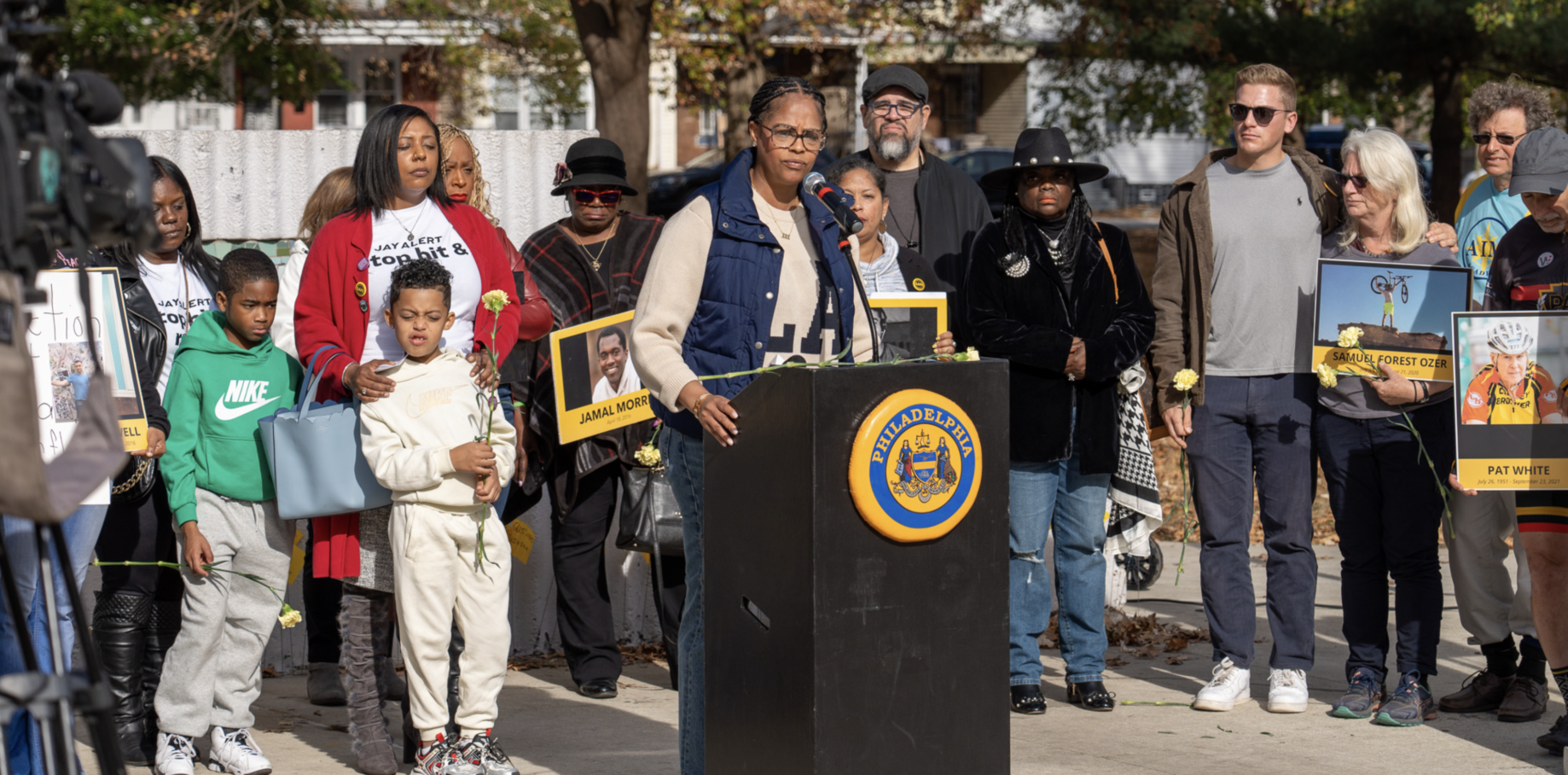Travel
Traveling Slow And Joyful In Umbria, Tuscany, Rome

I’ve spent many months in Italy over the years, absorbing its history and beauty. I have even written guidebooks about the Amalfi Coast and Rome.
My husband and I decided to return to Italy’s quiet “green heart,” the region of Umbria, a couple of hours drive from Rome. We hoped to recharge and do what Italians are known for: “dolce far niente’ – the art of doing nothing. We would walk the hills, savor fresh food, feel our surroundings.
‘Slow travel’ developed from the ‘slow food” movement promoted in the center of Italy in the past mid-century. With that in mind we chose to stay a week in quiet, lovely Spello, a hill town considered one of the prettiest in the country. A few kilometers from Assisi, it was elevated to a Roman municipality in 90 B.C., as ‘Splendidissima Colonia Julia,’ and retains many remnants of Roman and Medieval times.
The beautiful Umbrian town of Spello
Our only stop on our drive from the airport outside of Rome to Spello was in Orvieto, because I remembered the astounding duomo there, rivaling those in Florence and Siena; it was built in out-of-the-way Umbria because the bishop lived there in the 13th century.
The duomo in Orvieto
That building is one of my favorite architectural works of art. The details of carving and sculpture and painting are exceptional: Michelangelo is said to have taken his inspiration for the Sistine Chapel from a chapel in this small duomo.
The white wine and golden olive oil from Orvieto are exceptional as well, and we enjoyed a slow meal of many courses, everything local and freshly made.
Restaurant in Orvieto
The tiny villa we rented in Spello was built into the town’s extensive walls, which retain a dozen Roman and Medieval gates. We spent many hours just sitting in our a little garden reading a book under a pergola covered with roses.
Our little garden in Spello, Italy
We chose to stay put, even skipping nearby Perugia, Assisi, and Spoleto; we had visited those wonderful towns before, so except for one day’s drive into Tuscany, we opted for simple, local pleasures.
Remnants of the past popped up everywhere among the steep stone paths of the town – maybe a Roman column, or an ancient arch with a peekaboo slice of the valley below. We walked along the remains of a Roman aqueduct that wends to a close-by village, through olive groves and fields of wildflowers.
Ruins of an ancient aquaduct
We checked out a little museum filled with mosaic Roman floors, and a church with paintings by the Renaissance painter Pinturicchio, whose chapel in Spello influenced Michelangelo’s Sistine Chapel.
Chapel in a Spello church
We ate fresh pasta with truffles and wild boar, and drank the local wine, staples of the region. By mid-week we knew the grocer; we waved to the waiters as we walked in the piazza; we bargained with shop owners, chatted with the pharmacist and laughed with the lady who served gelato made of local flowers.
There were few English-speaking tourists, as the little town is still somewhat unknown to tourists outside Italy. We met an American woman who moved there, for peace, and the Austrian owner of the sweet place where we were staying.
We spent just one day out of Spello, driving through Umbria into Tuscany. About two hours away in San Gimignano, we gazed at some of the 15 towers that remain of the 72 that were built hundreds of years ago by rich families flaunting their wealth.
San Gimignano
And on our last day in Italy we drove from Spello to Ostia antiqua, near the airport. What a special place to end, walking on ancient paths for an hour or so, among the antiquities.
Ostia antica
Slow travel allows you to savor, and engage your senses without rushing. And Umbria was a perfect place to settle in. Pure pleasure.
Hear about Italy on my award-winning travel podcast, Places I Remember with Lea Lane, wherever you get podcasts; and subscribe to my YouTube channel, Places I Remember: Travel Talk with Lea Lane.










